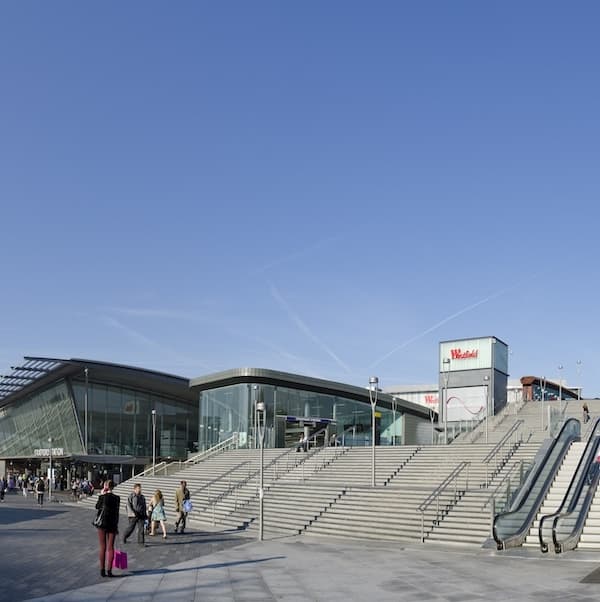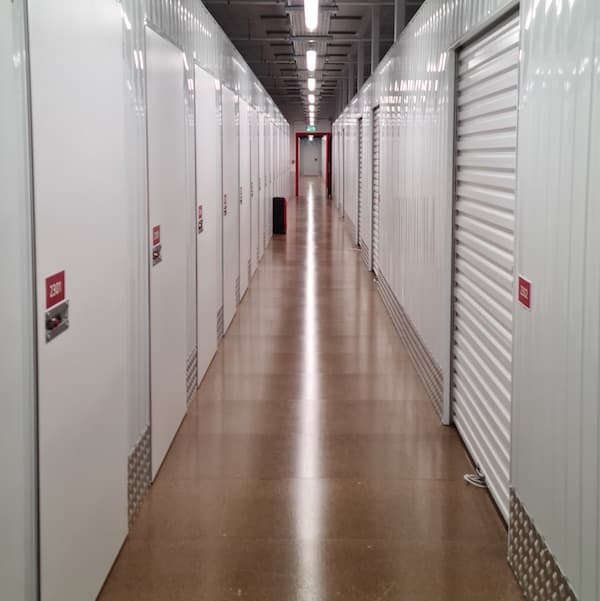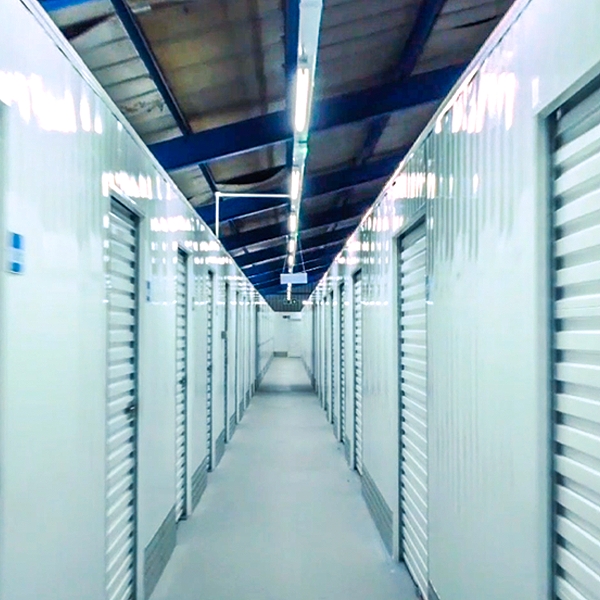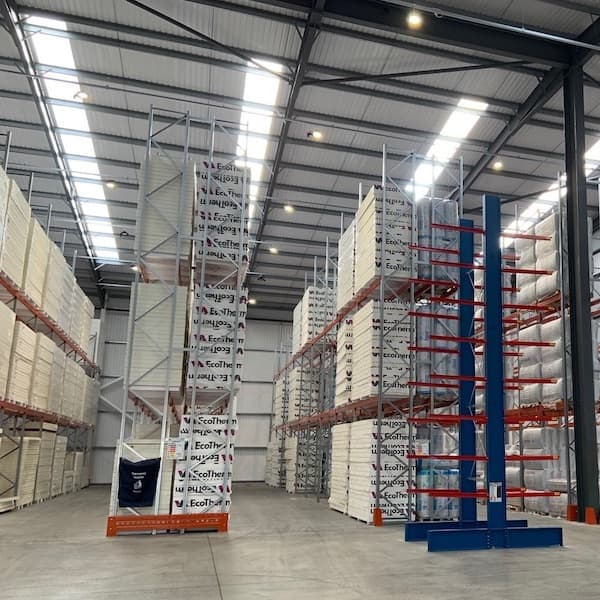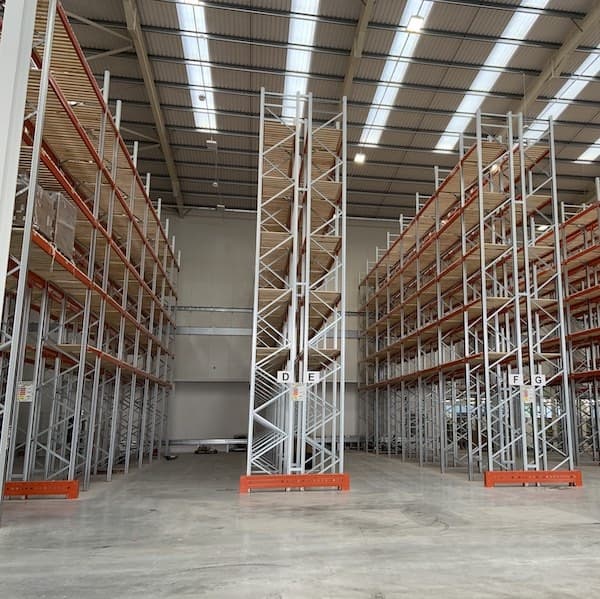- Mezzanine Floors
- Solutions
- Multi-Tier Mezzanines
- Mezzanine Pallet Safety Gates
- Mezzanine Staircases
- Mezzanine Handrails and Balustrades
- Mezzanine Decking
- Fire Protection for Mezzanine Floors
- Mezzanine Lift Shaft Design and Installation
- Resources
- Mezzanine Floor Calculator
- Mezzanine Floor Regulations and Building Control
- Self-Storage Mezzanine Floors
- Self-Storage Units
- Resources
- Self-Storage Site Selection Information
- Calculating The ROI of Self-Storage Conversions
- Planning for Automation in Self Storage
- Racking & Shelving
- Services
- Racking Design
- Racking Manufacture
- Racking Installation
- Racking Inspections
- Retail Racking And Shelving Systems
- Solutions
- Cantilever Racking
- Pallet Racking
- Coil Racking
- Longspan Shelving
- Tyre Racking
- Kimer Racking
- Live Storage Racking
- Drive In & Drive Through Racking
- Clip Shelving
- Mobile Shelving
- Custom Fabrications
- About Us
- USS Case Studies
- Self-Storage Fit-out For Raked Ceiling Building
- Mezzanine And Staircases For Entertainment Venue
- New Mezzanine And Staircases For Major Retailer
- Mezzanine Pallet Safety Gate
- Self-Storage Fit-Out Project For Brand New Facility
- Warehouse Racking, Wire Mesh & Shelving for New Warehouse
- Self-Storage Partition System & Components Installation
- Self-Storage Store Mezzanine And Staircases
- Multi-Tier Mezzanine For Logistics & Distribution Facility
- Warehouse Plant Platform
- Self-Storage Facility Space Expansion
- Mezzanine Floor For Distribution Warehouse
- Bespoke Feature Staircase & Mezzanine
- Single Level, Multi-Use Mezzanine
- Mezzanine For A New Building
- Mezzanine Floor For Plumbing Supplies Warehouse
- New Racking System and Mezzanine Floor
- Car Park Conversion To Self Storage Facility
- Pallet Racking and Cantilever Racking For Warehouse
- Two Mezzanine Floors For Self-Storage Facility In Birmingham
- Our Accreditations
- Contact Us
- USS Case Studies
The Latest Blogs From USS
The Use Of AI In Warehouse Operations
read
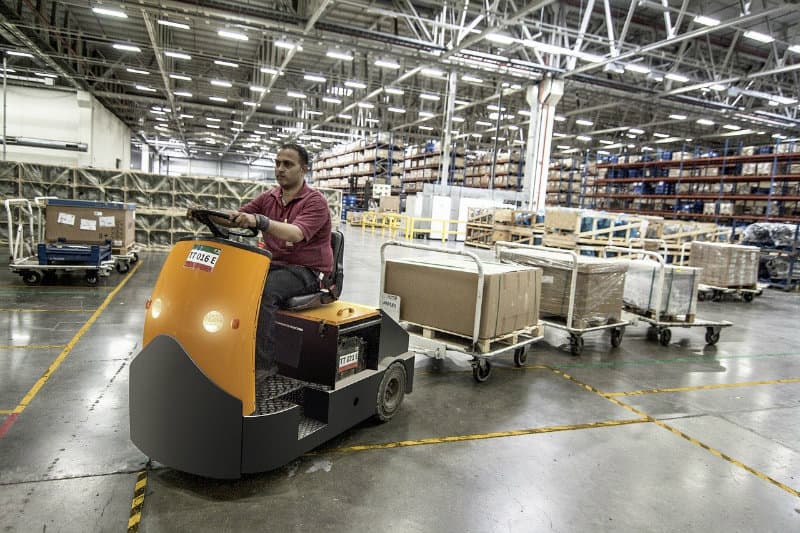
Some ‘game-changing’ technologies always seem to be on the brink of arriving. Driverless cars are a good example of this. Coverage repeatedly states that we’re ‘X’ number of years away from them cruising effortlessly down our roads, and then a spate of stories cover cases of pedestrians being mown down or cars spontaneously bursting into flames, and we have to recalibrate our expectations yet again.
The point is that it’s easy to feel cynical about proclamations of how much some new technology is going to alter a sector like warehousing, but when it comes to Artificial Intelligence (AI) and warehousing, any hype there is does, in fact, appear to be fully justified. AI is already transforming the warehousing and logistics sector around the world, and this transformation seems set to accelerate in the years to come.
If you work in the sector, then getting up to speed with everything AI has to offer and understanding how the technology could be applied to your own operations (if it isn’t already) will play a vital role in remaining competitive.
The Global AI-in-Warehousing Footprint
According to a report cited in Global Trade magazine, the market for AI in Warehouse Management is in the midst of a period of significant growth. It is predicted to grow from $2.6 billion in 2023 to $70 billion by 2033. As well as providing details of the areas of warehouse management within which AI is currently most likely to be used – such as picking and packing, returns processing and demand forecasting – the report in question, published by market.us, provides a comprehensive overview of exactly what the phrase ‘AI in warehouse logistics’ refers to:
“….the integration of AI technologies, such as machine learning, robotics, and predictive analytics, to optimise various operations within warehouse environments. This technological infusion helps enhance inventory management, streamline order processing, and improve overall logistics efficiency by predicting product demand, optimizing stock levels, and automating repetitive tasks.”
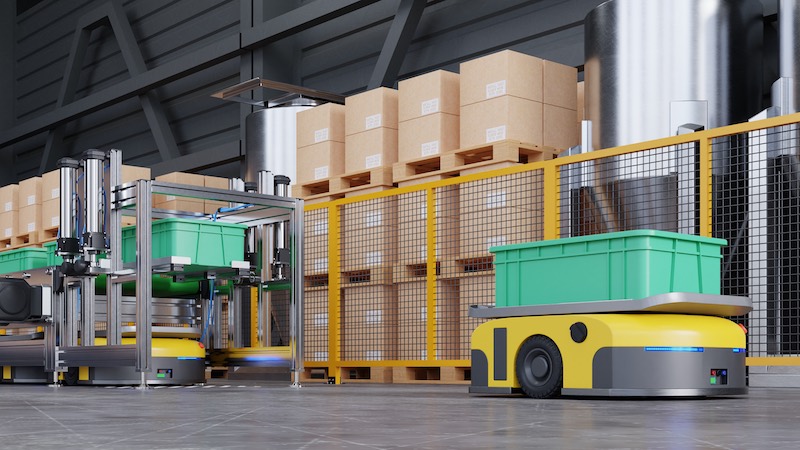
In case you’re wondering whether it’s time to start utilising the power of AI across your own warehouse and logistics operations, a report published by Gartner in early 2024 highlighted the fact that the top-performing companies across the sector are investing in AI and Machine Learning technology to optimise their processes at more than twice the rate of the low-performing competition.
In other words, if you don’t fully take advantage of all the benefits AI can offer for warehouse management, you can be pretty confident that your competition will do so and probably leave you behind as a result.
Why AI is Needed
Modern supply chains are intricate and complex, driven by factors such as the massive post-pandemic shift to online retail, which is now embedded in consumer behaviour. According to Statista, the ecommerce share of retail sales revenue in the United Kingdom has remained steady at around 38% since 2021 (in 2008, it was 5%).

Alongside this general switch, there’s been a shift in customer expectations, with quick delivery now regarded as the default option. A report on the Fashion Network website analysed the behaviour of over 6,000 consumers globally, including over 1,000 respondents in the UK, and found that 78% of consumers now expect same-day or next-day delivery. It also revealed that 72% of consumers will only purchase from sites which offer free returns.
The demand for quick delivery, allied to the pressure to process returns quickly, are two more factors putting modern warehousing and logistics operations under pressure they’ve simply never had to cope with before.
AI can be utilised to cope with those pressures in the following ways:
Machine Learning
Machine learning (ML) refers to the technology that enables systems to gather data over time, analyse it, and learn from it to improve operations, without any external input to guide the data analysis. In the field of warehouse management, ML can be used to enhance decision making around issues such as stock layout, stock levels, future trends and wider decision making. ML of this kind can predict demand based on factors such as seasonal shifts or wider market conditions and help to avoid over- or under-stocking.
Robotics
Mechanised systems have been in place in many warehouses for some time now, but AI-powered robotics can carry out more advanced tasks that warehouse operatives would generally perform.
These include moving goods, picking, packing and inserting paperwork in deliveries. In the past we’ve written about the systems in place in Amazon warehouses, and we see too that the ecommerce giant is invariably at the vanguard of the use of super-advanced robotic units. What Amazon does today, the rest of the sector tends to do tomorrow, however, and the right robots enable systems to run 24/7 - while avoiding human error.
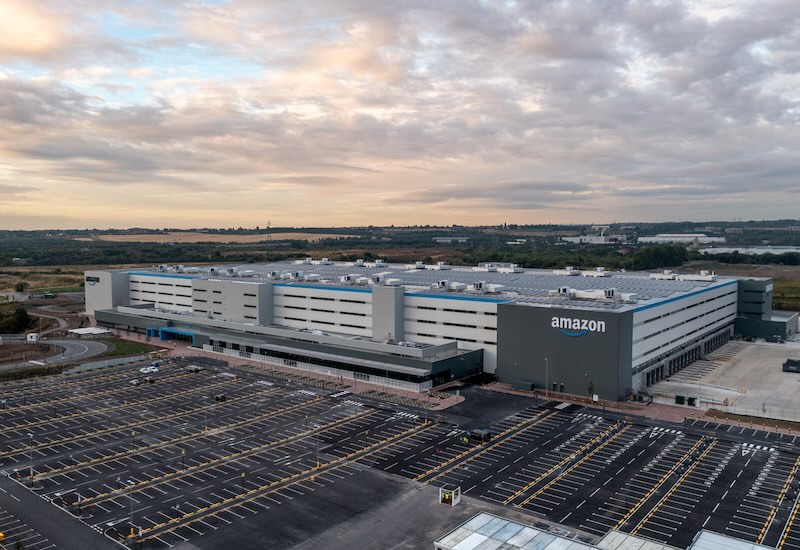
Computer Vision
Computer vision is a leading-edge form of AI technology which deals with computers being able to understand visual information. In warehouse management, computer vision can enable AI systems to track activity via real-time monitoring, inventory tracking and quality control. While the idea of computer systems being able to scan barcodes in order to track items is exceptionally well established, computer vision takes the concept several steps further, with AI systems able to visually scan items and utilise machine learning to monitor quality and condition.
Natural Language Processing (NLP)
NLP covers the growing ability of machines to understand human languages (think ‘Hey Alexa’ for example). In a warehouse operation, this technology can be applied to take and deliver instructions hands-free, with operatives, for example, giving and receiving instructions verbally rather than having to consult printed material or instructions on a screen.
Predictive Analytics
For many years, warehouse management has been based on the ability to predict what is going to happen in the future correctly. Maintaining optimal stock levels involves having an idea of things such as seasonal shifts in demand, which come along on a regular or annual basis, and sudden spikes driven by external market forces. Predictive analytics bolster this ability by using machine learning to take vast amounts of data and analyse it in real time and on an ongoing basis.

The data in question could be everything from local weather reports and freight delivery timetables in and out of the country, to information gathered by sensors placed on the equipment operating in the warehouse itself. Predictive analytics can keep detailed track of issues such as the risk of supply chain disruptions, demand trends and inventory optimisation.
The Internet of Things (IoT)
The IoT is a concept which has been in the public domain for some years, referring to the connection of physical objects and machinery via the internet. The domestic applications of this technology tend to involve promises that your fridge will be able to order more milk when you run out. Within a warehouse setting, however, the IoT can be genuinely transformative, as it enables Radio Frequency Identification (RFID) tag devices to collect and exchange information to monitor stock availability and movement of stock within the warehouse. Additionally, the machines operating within the warehouse, such as conveyor systems, will be able to communicate with each other and with a centralised hub to ensure effective operation and flag any problems as they happen, rather than waiting for scheduled maintenance checks.
Case Studies - AI In Practice
The theory of AI in warehouse management is all very well, but we’ll leave you with the following case studies from Ocado and DHL, which offer a brief account of how it’s being put to use in practical terms:
Ocado Smart Platform
The Ocado Smart Platform uses AI to forecast demand, manage inventory, and optimise across the supply chain.
The company also uses robotic picking systems within the warehouse, using AI and working alongside human operatives. The effect has been a measurable improvement in order accuracy, streamlined operations, faster delivery times, and improved customer satisfaction.
DHL Predictive Maintenance
Delivery company DHL utilises machine learning and the IoT within its warehouses to deliver predictive maintenance.
Sensors on the machines gather data, which is then analysed by AI algorithms, leading to decisions on when maintenance needs to be performed. The introduction of predictive maintenance has minimised unexpected breakdowns, driving cost savings and operational efficiencies.
This blog is for information purposes only and should not be construed as legal or financial advice and not intended to be substituted as legal or financial advice.
Find Us
S & L United Storage Systems Ltd
United House, The Street
Takeley, Bishop's Stortford
Hertfordshire, CM22 6QR
Company No. 1313816
VAT No. 291616253Say Hello
01279 871 787Copyright © 2025 S & L United Storage Systems Ltd. All rights reserved.
- About Us

